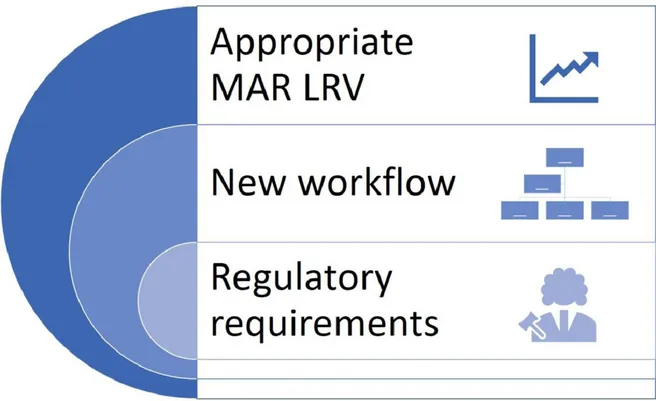Pathogen removal in managed aquifer recharge (MAR) systems is dependent upon numerous operational, physicochemical water quality, and biological parameters. Due to the site-specific conditions affecting these parameters, guidelines for specifying pathogen removal have historically taken rather precautionary and conservative approaches in order to protect groundwater quality and public health. A literature review of regulated pathogens in MAR applications was conducted and compared to up-and-coming indicators and surrogates for pathogen assessment, all of which can be gathered into a toolbox from which regulators and operators alike can select appropriate pathogens for monitoring and optimization of MAR practices. Combined with improved knowledge of pathogen fate and transport obtained through lab- and pilot-scale studies and supported by modeling, this foundation can be used to select appropriate, site-specific pathogens for regarding a more efficient pathogen retention, ultimately protecting public health and reducing costs. This paper outlines a new 10 step-wise workflow for moving towards determining robust removal credits for pathogens based on risk management principles. This approach is tailored to local conditions while reducing overly conservative regulatory restrictions or insufficient safety contingencies. The workflow is intended to help enable the full potential of MAR as more planned water reuse systems are implemented in the coming years.
